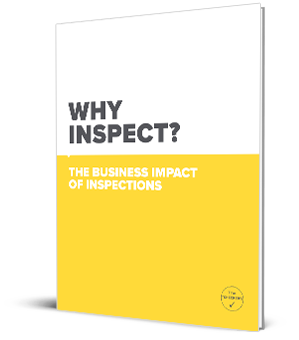With the rise of remote work, freelancing, and gig economy jobs, more and more people find themselves working alone. These individuals, often called lone workers, face unique challenges and hazards that require special attention to ensure their safety. One crucial practice that helps protect lone workers is safety check-ins.
Defining Lone Workers
A lone worker is an employee who performs their job in isolation, without direct supervision or immediate access to colleagues. These workers can be found across various industries, including healthcare, agriculture, construction, and utilities. While some employees may work alone, many do so out of necessity, as their job roles demand it. Lone workers may find themselves in diverse environments, from the peaceful solitude of a remote office to the more hazardous settings like construction sites or remote farmlands.
Hazards Faced by Lone Workers
Lone workers face a unique set of hazards that make their safety a top priority. Some of the common hazards include:
- Medical Emergencies: A lone worker may suffer a sudden illness or injury, and their condition can worsen rapidly without immediate assistance.
- Accidents and Injuries: In hazardous work environments, such as construction sites or manufacturing facilities, lone workers are at risk of accidents that could result in severe injuries.
- Violence and Aggression: Certain job roles, such as healthcare professionals visiting patients' homes, can expose lone workers to potential violence from clients or customers.
- Environmental Risks: Working outdoors or in isolated areas can expose lone workers to harsh weather conditions, wildlife encounters, and other environmental risks.
To address these challenges, organizations implement safety check-ins, a practice where a responsible party, often a safety manager or supervisor, periodically monitors and verifies the status of an employee's safety and well-being.
The Importance of Safety Check-Ins
Safety check-ins are essential for maintaining the safety and well-being of lone workers. They serve several vital purposes, including:
- Connection and Communication: By conducting periodic safety check-ins, lone workers and their managers or supervisors stay connected. This communication fosters a sense of support and ensures that both parties are on the same page regarding work progress and safety.
- Information Sharing: Effective safety check-ins involve sharing key information that can be invaluable in an emergency. This information includes the employee's location, physical address and GPS coordinates. Location notes, such as the specific building level or unit and the part of a job site they are at, can be vital for responders. Furthermore, details about the task the employee was working on, like visiting a patient's home or inspecting the inside of a silo, can provide essential context for emergency responders.
- Emergency Response: In an accident or emergency, the information gathered during safety check-ins can be crucial. It allows for a quicker and more targeted response, ensuring that help reaches the lone worker promptly.
Manual vs. Software-Based Safety Check-Ins
Safety check-ins can be carried out through various methods. Manual check-ins like phone calls or text messages are common and straightforward. However, they may not be as efficient or reliable as they rely on the lone worker's response. In contrast, software tools like "The Checker" offer a more comprehensive and automated approach to safety check-ins. These tools allow organizations to schedule and manage check-ins systematically, ensuring they are conducted regularly and the information is tracked and stored for future reference.
In conclusion, the safety of lone workers is a paramount concern, given the unique hazards they face in their solitary work environments. Safety check-ins are vital in mitigating these risks by maintaining communication between lone workers and their managers, sharing essential information, and streamlining emergency response efforts. Whether conducted manually or through specialized software, safety check-ins are critical to ensure the well-being of those who work alone. Organizations must invest in these measures to protect their lone workers and uphold their commitment to employee safety.










